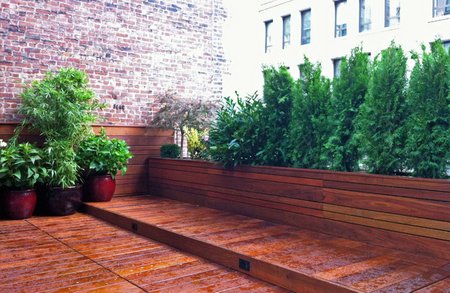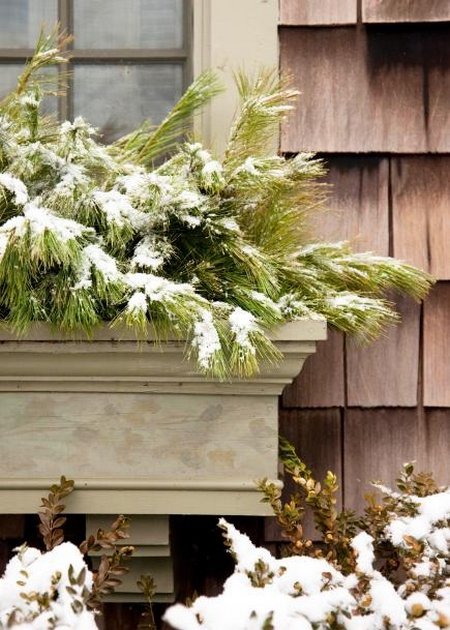Planter Boxes As Attractive Garden Focal Points – Planter boxes are wonderful for giving form and emphasis to your garden. Many modern houses are frequently designed with built-in planters, and traditional houses have them at entranceways, on terraces, and beside garages. Planters come in a variety of durable materials for outdoors, such as concrete, wood, brick or stone.
There are two types – the permanent planter box attached to the house and the movable one bought or built to suit a particular need. Some gardeners maintain several for replacement as plants pass their prime. Planters are rectangular, square, oblong, triangular, hexagonal, circular, or free form. Like pots and tubs, their value is largely architectural.
Permanent planter boxes
Stationary planters outdoors must be planned with care. Those attached to entranceways or the front of a house should be designed in proper scale and proportion, and with good drainage facilities at the start, for unlike the portable type, they cannot be moved or easily replaced.

It is important not to place them over ledges or other obstructions through which water cannot easily pass. Usually these planters are open to the ground. If the soil is clay, some should be removed and replaced with a layer of stones or cinders to insure drainage.
Movable planter boxes
Mobile planters can be carried, pushed, or wheeled to various positions. Desirable construction materials include wood – with redwood, cedar and cypress heading the list – metals, fiberglass, plastic and various synthetic products. Whatever you buy, make yourself or have made, be certain beforehand that you know what the material looks like, how it behaves under your weather conditions and how durable it is. A greater investment in the beginning will pay off in the end.

Choosing the plants
When selecting the plant material, give thought to scale. In large planter boxes, trees and shrubs, including needle and broad-leaved evergreens, should be grown. With annuals, rely on tall kinds, like cosmos, African marigolds and cleome. If planters are long, repeat one of the plants for unity and harmony. Usually some trailing plants are needed along the edge to soften it.
Permanent planter boxes require trees and shrubs for year-round effect. Except in the very large planters attached to big buildings, use small or dwarf types.

Among trees for colder climates, consider Japanese maple and its varieties, ornamental magnolias, flowering cherries, including the weeping forms, Tatarian maple, flowering dogwood, birches, dwarf forms of Scotch, red, and Japanese black pines, upright arborvitaes and junipers and fastigiate trees, as the upright European hornbeam or linden. The flowering crabs are superb, especially the white-flowering Sargent, which remains low and spreading.

Among evergreen and deciduous shrubs, there are the Japanese yews, spreading and ground cover types of junipers, dwarf arborvitae, shrubby evergreen euonymus, skimmia, cherry laurel, mahonias, leucothoe, dwarf Hinoki cypress, the convex-leaved and other hollies, camellias, azaleas, dwarf rhododendrons, fothergilla, flowering quinces, heathers, and the mugo pine.

Several specimens of trees or shrubs make a pleasing combination with one type of ground cover or trailer, like dwarf Japanese yew with English ivy, Korean boxwood with myrtle, or dwarf Hinoki cypress with pachysandra.
Planters also need flowers for color. You can start with spring bulbs, like daffodils and tulips, continue with annuals, and finish the season with chrysanthemums. For a pleasing edging, there is the permanent English ivy. Except for small planters, flowering plants are best combined with shrubs. For planters that are three feet or longer, petunias and geraniums, though colorful, are not tall enough.
Planter boxes can give excellent architectural character and focus to open spaces. They soften the hard edges of buildings and bring color and textural variation to what otherwise might be a dull and unattractive area.



